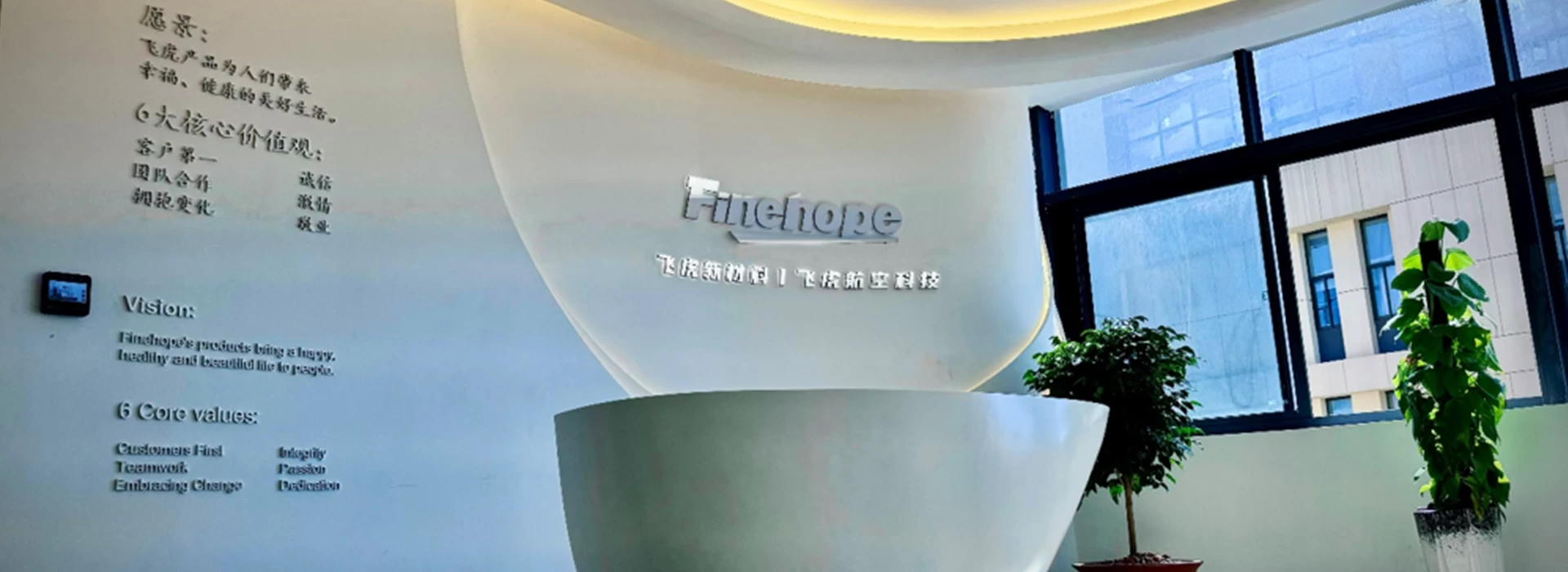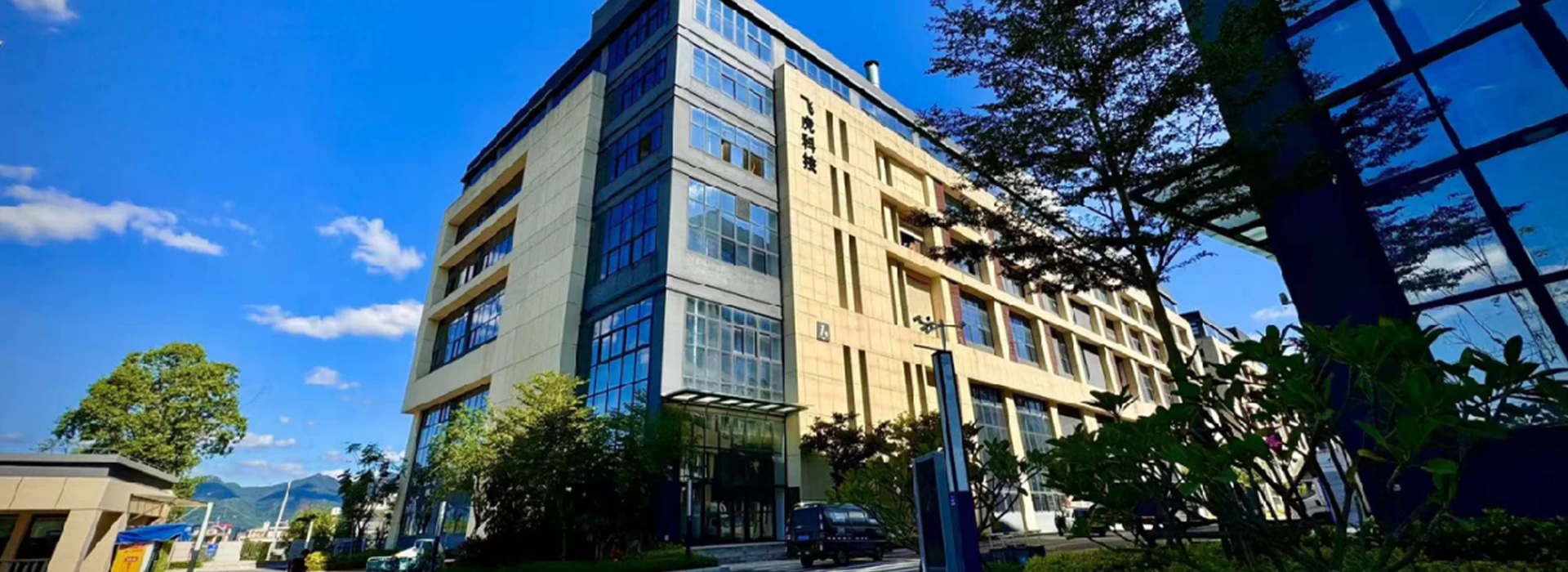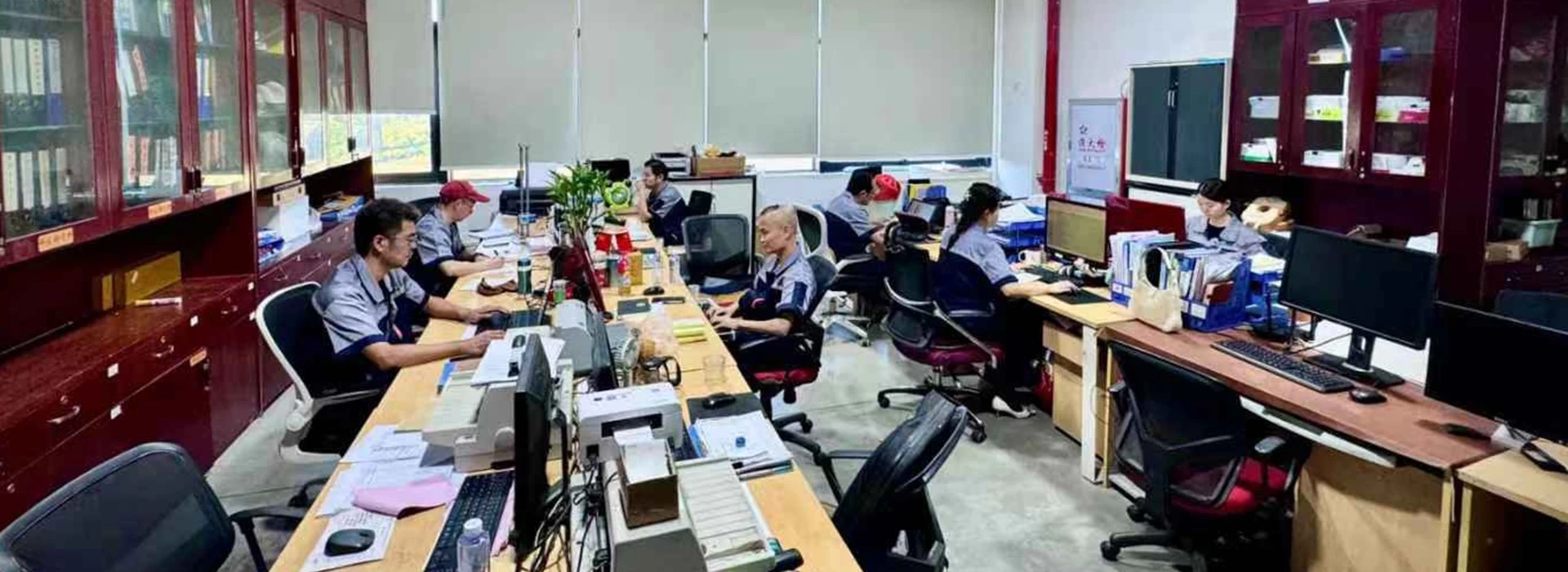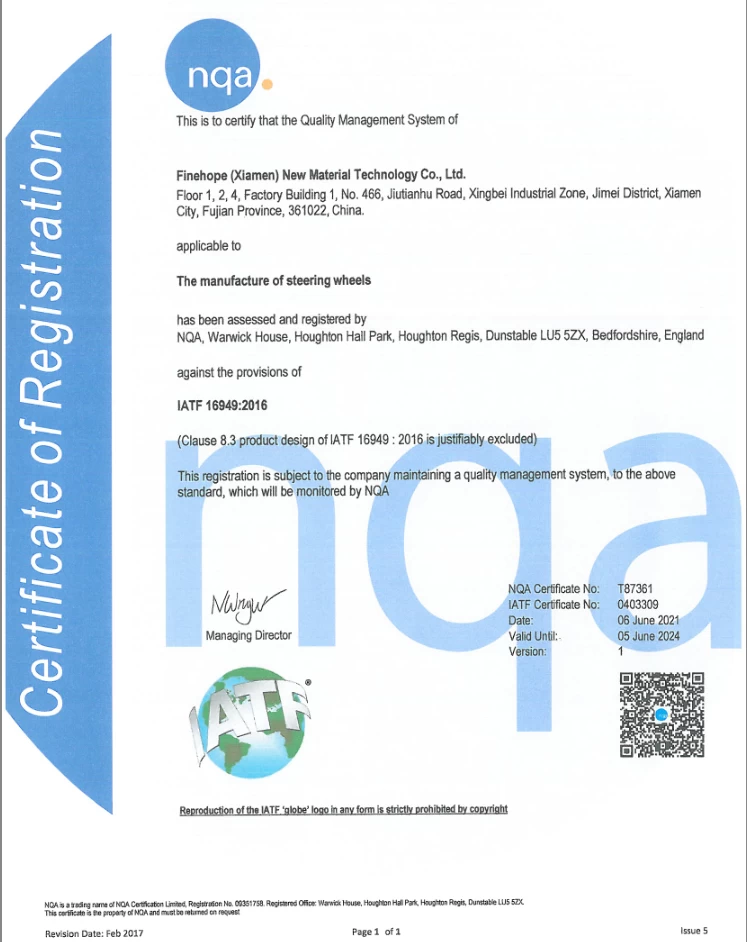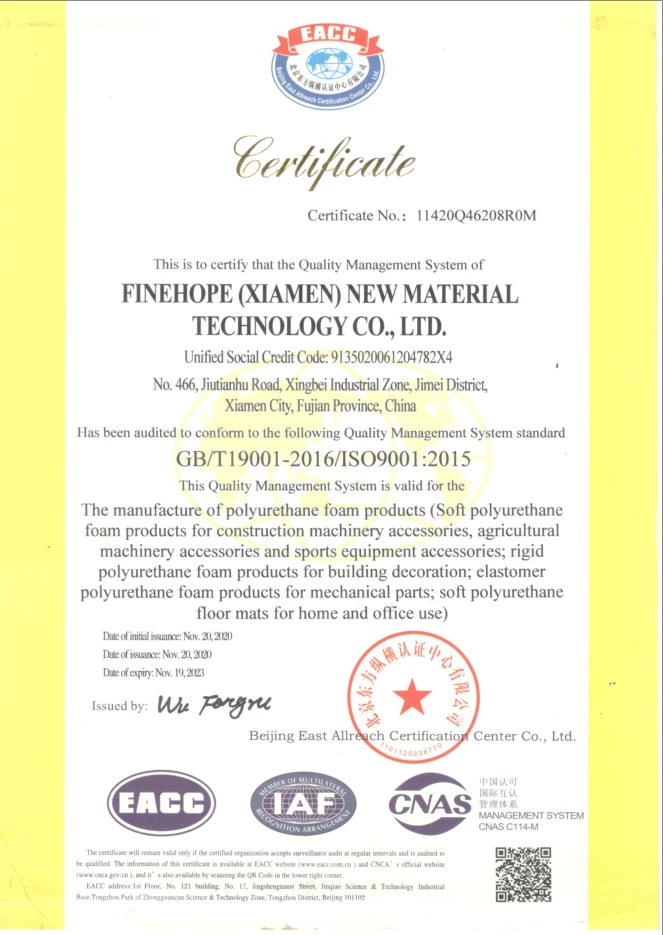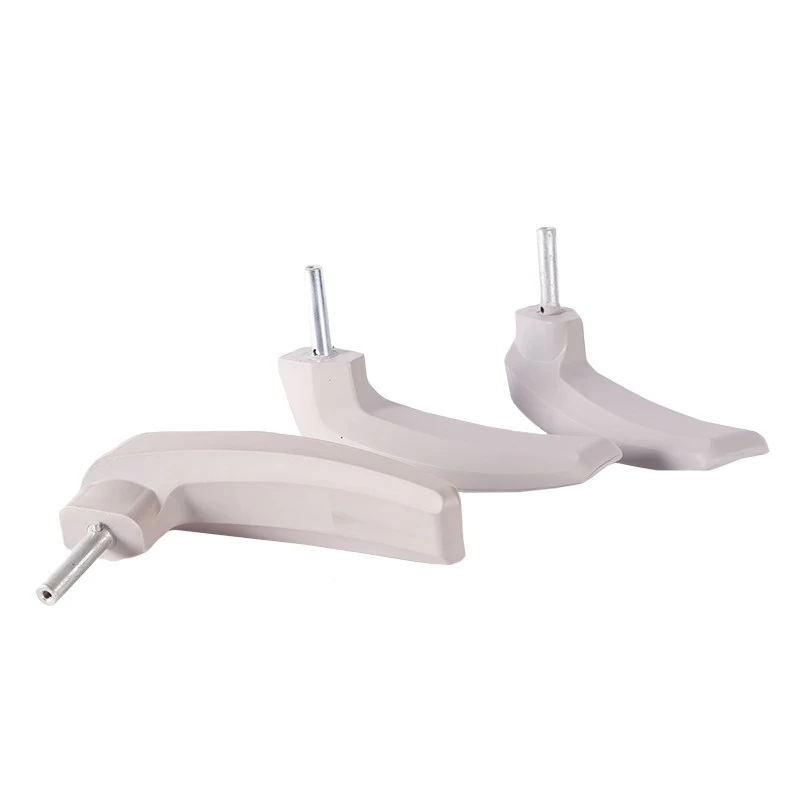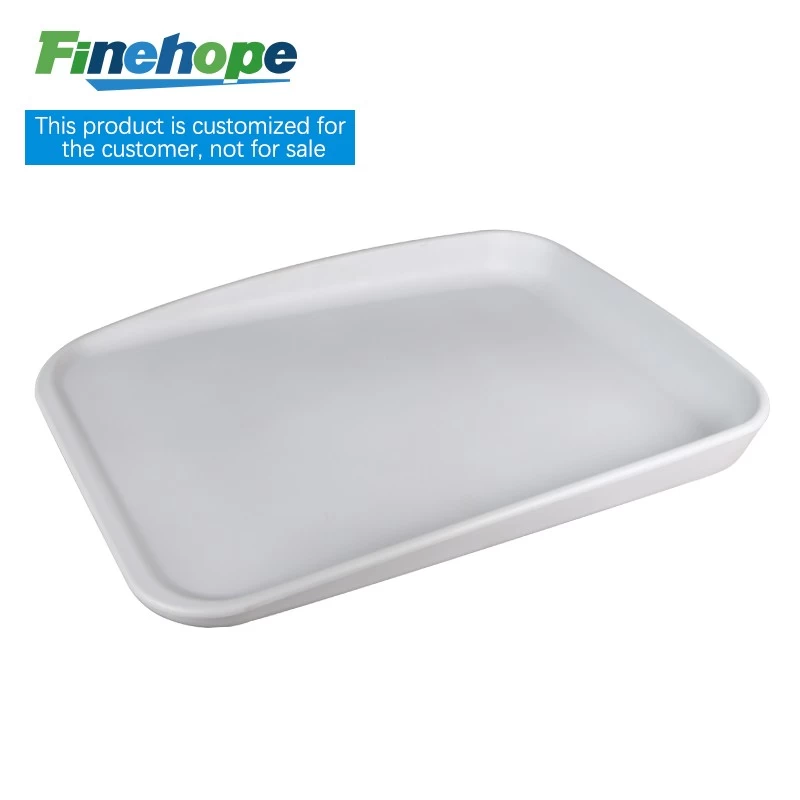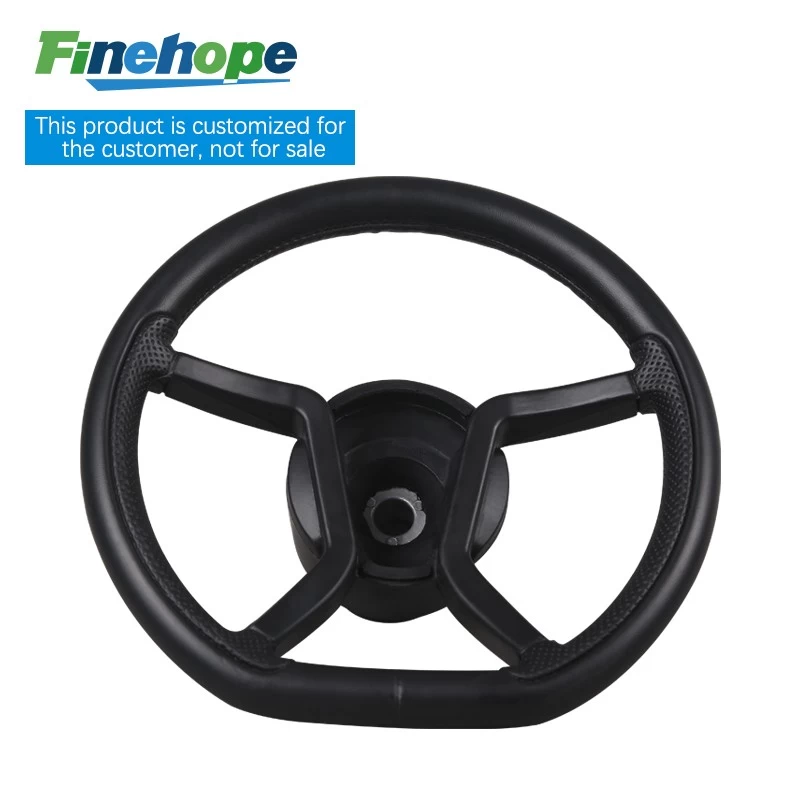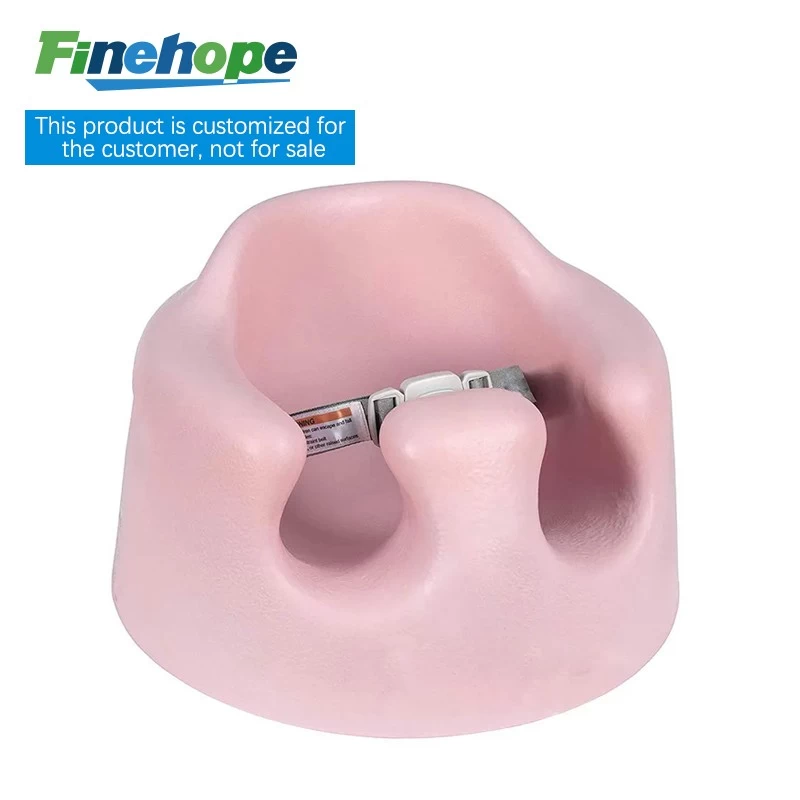The progress of polyurethane (PU) in environmental protection
The progress of polyurethane (PU) in environmental protection is mainly reflected in the following aspects:
Biobased polyurethane uses renewable resources such as vegetable oil, starch, etc. as raw materials to reduce dependence on petroleum resources and carbon emissions. At present, the preparation technology of bio based polyols is constantly advancing, and the performance of bio based polyurethane materials is gradually approaching that of traditional petroleum based polyurethane materials, with broad application prospects in furniture, packaging and other fields
Reuse polyurethane waste directly, such as as as fillers, adhesive molding, or hot pressing molding. Its advantages are simple process, low cost, and no pollution, but the performance of recycled products is poor and the economic benefits are low By using methods such as pyrolysis, hydrolysis, and alcoholysis to decompose polyurethane into renewable materials such as polyols, the resource utilization rate is high, but the processing cost is high For example, Purman ® Methods: The polyurethane was grinded into fine particles by mechanical process and then reprocessed. Lignin was used as the main adhesive to enhance the mechanical properties of recycled foam, which was energy-saving and cost-effective
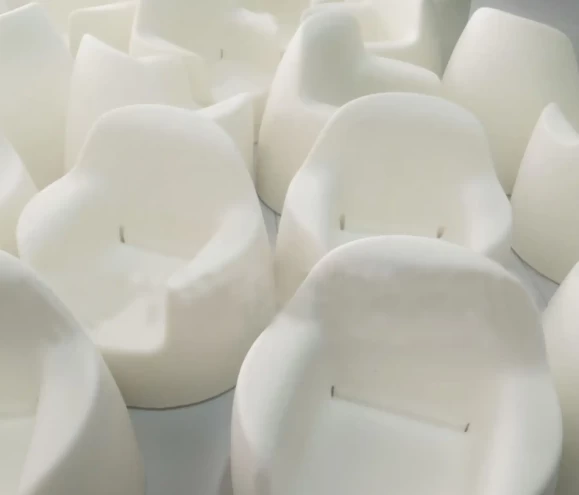
Adopting low-carbon processes to reduce carbon emissions during the production of polyurethane. For example, Covestro uses biomass and biological recycling materials in car seat foam materials and other polyurethane interior components to reduce its carbon footprint. In addition, through the ISCC+(International Sustainability and Carbon Certification) quality balance method, low-carbon raw materials can be allocated to specific products and carbon dioxide emission reduction certification can be achieved
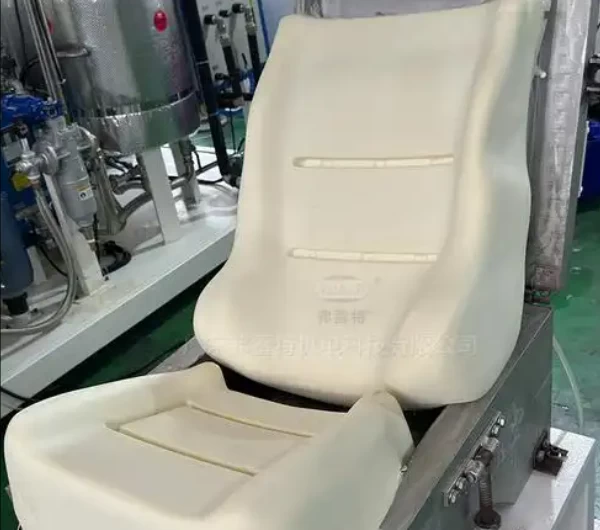
Developing building polyurethane materials with multiple functions such as insulation, fire prevention, sound insulation, and decoration, as well as intelligent polyurethane materials such as shape memory polyurethane materials and self-healing polyurethane materials, to improve the service life and reliability of materials and reduce resource waste
Intensive environmental policies targeting the chemical industry have been introduced globally, such as the EU's Sustainable Chemicals Strategy and China's 14th Five Year Plan for Plastic Pollution Control, to promote the development of the polyurethane industry towards a green direction and encourage companies to adopt more environmentally friendly production technologies and raw materials

